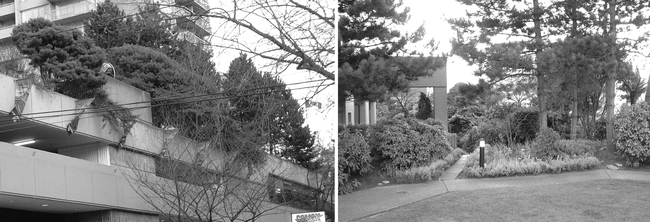Today ecological benefits such as reduced energy consumption for heating and cooling stormwater retention and heat island mitigation are the main reasons for the growing popularity of green roofs.
Where did green roofs originate.
Display of green roof layers in the intersection.
As extensive green roofs became subjects in scientific research additional benefits began to gain importance.
The origins of green roofs began thousands of years ago.
The extensive and intensive green roofs.
To this day vermont is a major producer quarrying primarily s1 quality stone.
It quickly became a popular.
Beehives on the roof of the chicago city hall help polinate the green roof plants and provide homes for the urban bee population.
Until the late 19th century it was the most common roof on rural log houses in norway and large parts of the rest of scandinavia.
Other benefits include habitat restoration filtration of acid rain and air.
A well maintained green roof can more than double the number of years before a roof needs to be replaced compared to a standard roof making up for some of the added costs of installation.
The most famous green roofs were the hanging gardens of babylon.
However it was not until the second half of the 19th century that slate became mass quarried.
The ziggurats of ancient mesopotamia.
The earliest known record of roof gardens are the ancient ziggurats of mesopotamia.
A sod roof or turf roof is a traditional scandinavian type of green roof covered with sod on top of several layers of birch bark on gently sloping wooden roof boards.
That opening allowed it to be available to general consumers.
Modern civilisation is slowly rediscovering the astonishing benefits of vegetated roofs.
Green roofs have been an essential feature of vernacular architecture and in many instances has been vital to human survival.
They were built over arched stone beams and waterproofed with layers of reeds and thick tar.
Green roofs still don t come cheap.
Its distribution roughly corresponds to the distribution of the log building technique in the.
A green roof or living roof is a roof of a building that is partially or completely covered with vegetation and a growing medium planted over a waterproofing membrane it may also include additional layers such as a root barrier and drainage and irrigation systems.
The vegetation on a green roof cools the surface and reduces heat from the air through evapotranspiration.
In america slate roofs did appear in the 1600s but the first quarry did not open until 1785.
In the early 1970 s germany began developing and marketing the first green roof systems.
They were considered as one of the seven wonders of the ancient world were constructed around 500 b c.
One hundred years later concrete roof tiles were first used when first introduced in the early 1900 s the practice was to add a pigment to resemble clay roofing tiles.
In washington d c the city provides reimbursements that run from 10 to 15 per square foot to cover installation costs making the district the nation s 1.
The basic division of green roofs is.
Asphalt also became available in the 19 th century.




























